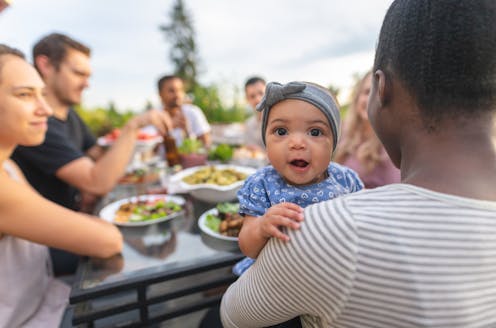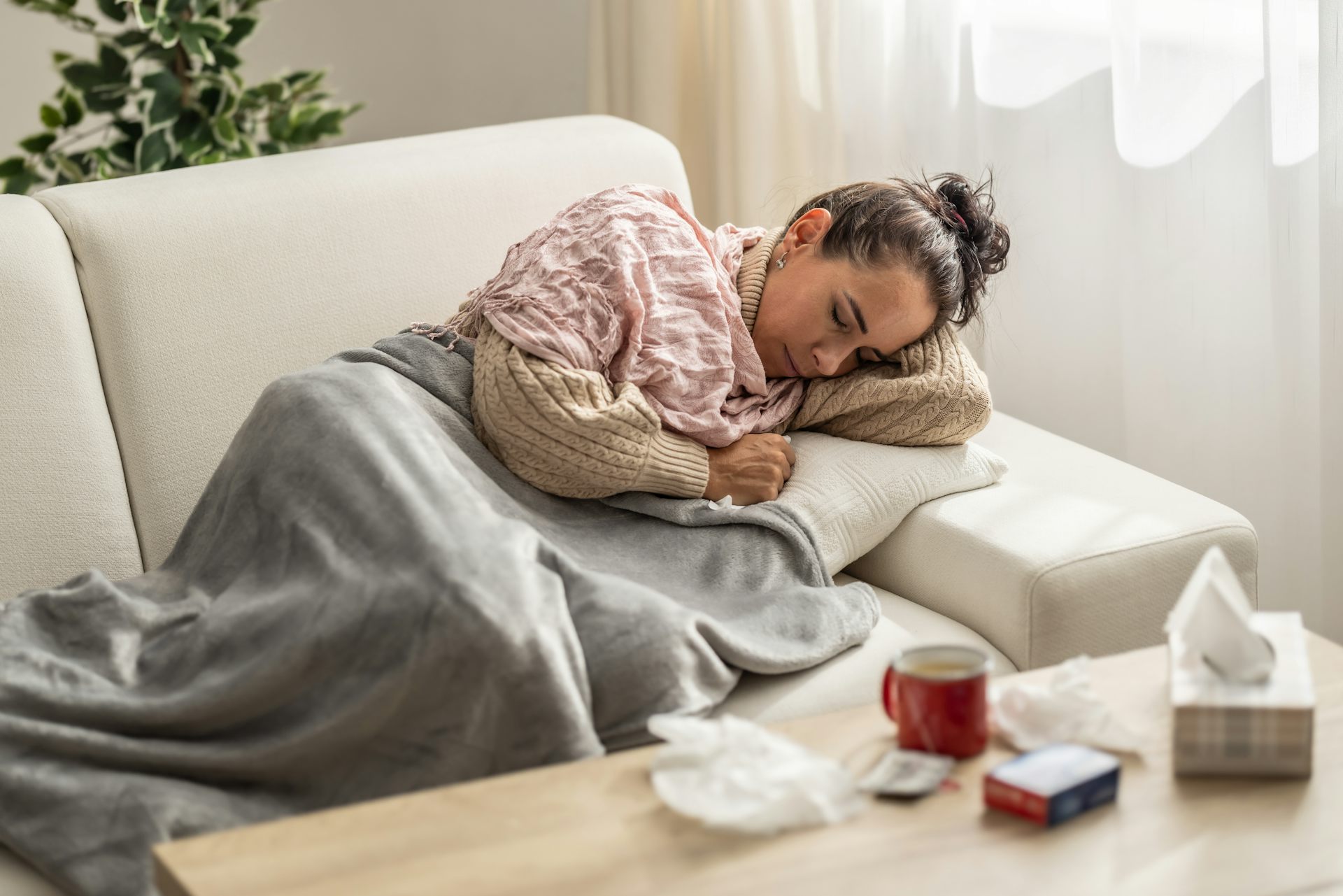4 crucial steps to make July 4th an Independence Day with much greater freedom from COVID-19
Biden wants Americans to be able to celebrate the holiday with small gatherings. What will it take to get the virus under control by then? Three public health school deans explain.

President Joe Biden set a goal for the U.S. to have COVID-19 under enough control by summer that Americans can celebrate July 4th with family and friends, at least in small gatherings. Important in achieving this goal is another presidential request: that all U.S. adults be made eligible for COVID-19 vaccinations by May 1.
We are public health deans who lead a variety of COVID-19 response efforts and are involved in public policy discussions. At a time when the nation is weary of hearing “no, you can’t,” we believe that thinking in terms of harm reduction – offering safer but not necessarily risk-free alternatives – is crucial.
Harm reduction strategies are in use all around you. Seat belts and air bags are perhaps the most widespread harm reduction strategy for a leading cause of death in the U.S. Designated driver programs represent a harm reduction technique to reduce alcohol-related traffic fatalities. Another well-known example is the use of sterile syringe exchange services to help prevent HIV infection among people who inject drugs while also creating an important pathway for them to access client-centered medical and social services.
Central to harm reduction strategies is meeting someone where they are, without judgment, yet with support and practical pathways for improving health and wellness. It’s relevant today.
Here are four steps we believe are necessary to achieve the president’s Independence Day goal and a major national population health milestone.
Get the vaccine and help others get vaccinated
Vaccination is a classic harm reduction measure – it may not eliminate risk, but it vastly reduces it.
People can both commit to getting the vaccine and to assisting others in the community to get vaccinated. They can volunteer at vaccination events via the Medical Reserve Corps. Family members can help each other monitor for available vaccine time slots and navigate the sometimes challenging systems to get appointments. Businesses and governmental agencies can allow employees paid time off to get vaccinated. Faith communities can also encourage people to get vaccinated and provide welcoming sites for doing so.
Role models can make a difference, too. Recently, four former presidents and first ladies got their vaccine injections on camera and implored U.S. residents to do the same. On March 16, former President Donald Trump also urged people to get the vaccine in an interview on Fox. We consider this important at a time when nearly half of Republican men say they will not get vaccinated, according to a PBS News Hour/NPR/Marist poll.
A wide variety of outreach efforts for vaccinations are needed to speak to communities with differing outlooks on the pandemic, differing historical experiences with the medical system, and different experiences in getting access to COVID-19 vaccines. Vaccine delivery strategies must directly address the disparities in racial and ethnic minority communities that are most heavily affected by COVID-related illness but are not being vaccinated at a similar rate.
Above all, vaccines need to be distributed in the communities where people live, with rollouts aided by trusted systems and community partners.
To quickly reach “herd immunity” – when enough people are immune to the virus through vaccination or infection to substantially disrupt viral transmission – the vast majority of Americans, communities and organizations will need to be engaged in these strategies.
Wear a mask and keep up social distancing
Think of masks in a context of opening up social activity, not locking down activity. Everyone needs to commit to continuing to wear a mask, practice physical distancing and keep hands sanitized for just a little while longer.
As the nation races to get everyone vaccinated to stay ahead of the very concerning emerging variants, we need to use all evidence-based tools at our disposal. Every shot in an arm is a step forward. And every instance in which other harm reduction measures are kept in place prevents the nation from taking a step backward.
These harm reduction measures are not meant to continue forever, and one can imagine a day when they will not be needed, at least not to the same degree. As social interactions start to resume, now is the time to encourage practical strategies for continuing their use.
Be strategic in scheduling events
As more people are vaccinated, the risk of the virus spreading will fall – but that will still take some time, as currently 11.8% of the U.S. population has been fully vaccinated, according to the CDC. How soon the U.S. could reach herd immunity will depend on the speed of vaccine uptake battling against the spread of variants. To avoid spreading the virus in another wave, people, universities, schools, businesses, community-based organizations and governmental entities can employ “strategic scheduling” of events. This includes limiting relaxation of mask-wearing and social distancing to private settings with other fully vaccinated people for the time being, as the CDC’s guidelines suggest.
People can also postpone events, such as in-person school graduations or Memorial Day community picnics, until later in the summer. A spring vacation this year could have negative individual and collective consequences. Simply scheduling the same trip later in the summer could be both more enjoyable and much safer.
Many of the life events people might like to experience in 2021 may be possible, but perhaps not to their ideal ordering, or at the scale, they crave.
Try to be patient
Public health officials have seldom stressed patience as a tool, but in this circumstance, just a bit more patience regarding higher-risk activities could have great public health benefits.
Thought of in risk reduction terms rather than risk elimination terms, individual, school, business and government planning the next few months might help us all engage in strategic scheduling and have just a bit more patience to benefit everyone.
The nation has lost over 530,000 family members and friends, many of whom died alone. Due to the horrible circumstances of this pandemic, we believe we owe it to their memory to minimize any further loss and to find a pathway to continuing our lives in a way that honors their legacy by urgently employing practical and achievable harm reduction strategies. It may appear small, but a midsummer picnic seems like a great way to start to build upon their legacy.
[Deep knowledge, daily. Sign up for The Conversation’s newsletter.]
The authors do not work for, consult, own shares in or receive funding from any company or organisation that would benefit from this article, and have disclosed no relevant affiliations beyond their academic appointment.
Read These Next
Blue Origin’s New Glenn rocket landed its booster on a barge at sea – an achievement that will broad
Jeff Bezos’s aerospace company Blue Origin is now the second, after SpaceX, to land a rocket booster…
Hybrid workers are putting in 90 fewer minutes of work on Fridays – and an overall shift toward cust
Where, when and how Americans work has dramatically shifted since the COVID-19 pandemic disrupted the…
SNAP benefits have been cut and disrupted – causing more kids to go without enough healthy food and
Having stable access to nutritious food sets children up for better mental and physical health into…





